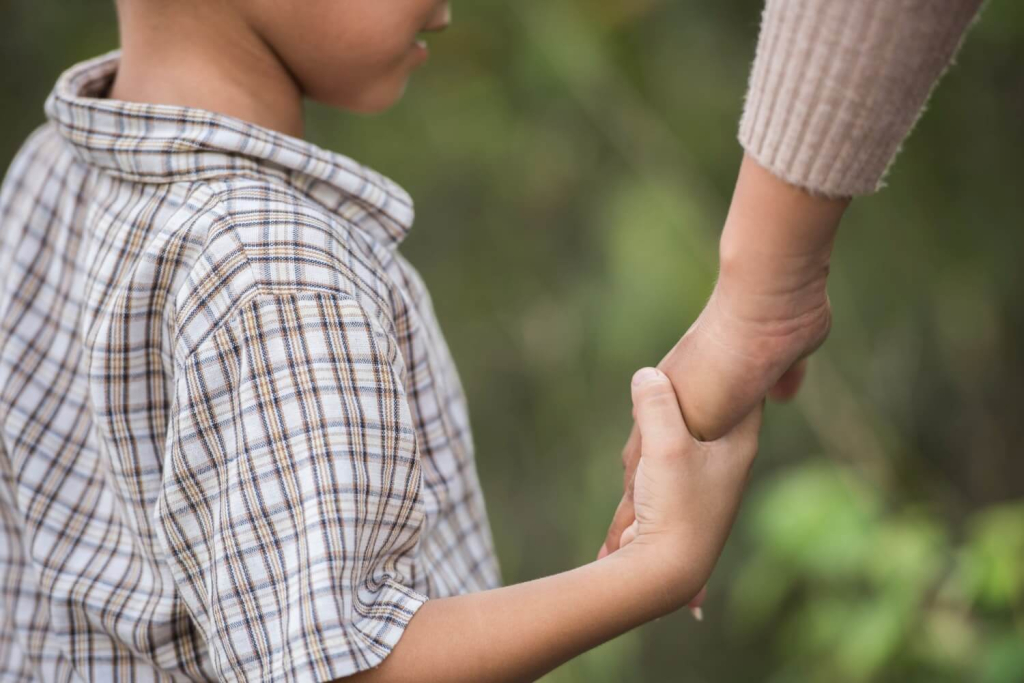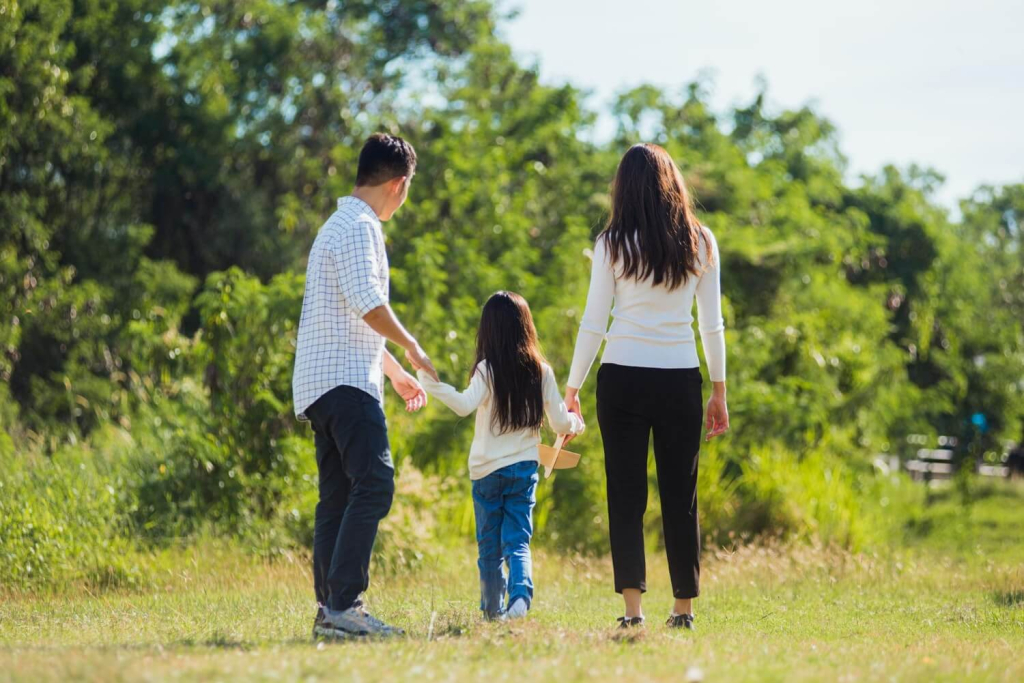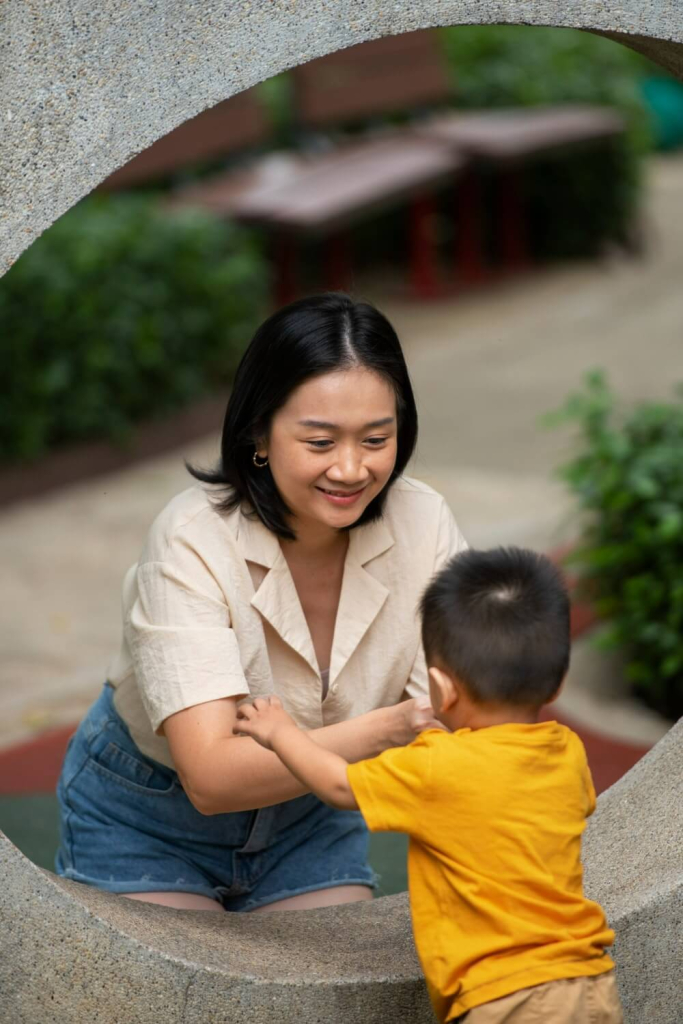
Building a family can take many forms, and for many Filipinos, adoption provides a beautiful path toward giving children waiting for loving families the brighter future they deserve.
In recent years, the adoption landscape in the Philippines has evolved significantly.
The State of Adoption in the Philippines
According to the Department of Social Welfare and Development (DSWD), thousands of waiting children remain in child care facilities every year, while only a few hundred prospective adoptive parents complete the adoption process.
With the passage of the Republic Act No. 11642 Domestic Administrative Adoption and Alternative Child Care Act (often referred to simply as the Domestic Adoption Act), the country now streamlines adoption under the newly established National Authority for Child Care (NACC), the central authority overseeing all domestic adoption processes, and serves as the inter-country adoption board.
These developments aim to ensure that adopted children grow up in safe, stable, and nurturing home environments while guiding adoptive families through a clearer and more efficient system.
Though many children continue to wait for their forever homes, there is renewed hope as more Filipino families become prepared to adopt and gain more support to do so.
The Benefits of Adoption for Loving Families and Children
Adoption goes far beyond fulfilling an adult’s desire to raise a child. It is about changing lives.
For a child legally transferred to a family through legal adoption, the adoption journey brings a world of possibilities: love, security, education, and the chance to build meaningful connections.
Instead of remaining in temporary child care, the child remains in a permanent environment where they can thrive physically, emotionally, and socially.
For adoptive parents, parenting an adoptee offers profound purpose.
Many describe adoption as a life-changing act that allows them to extend compassion, create a supportive environment, and help shape another person’s future. For couples unable to conceive or individuals who feel called to adopt older children, children with special needs, or a relative through relative adoption, adoption offers a chance to grow a family in a unique and fulfilling way.
Adoption also upholds a child’s right to be part of a family in the Philippines. When reunification with a biological family or a child’s biological parents is not possible due to certain circumstances, adoption ensures the well-being and protection of the child.
While intercountry adoption, through international adoption agencies, is considered a last resort, Filipino families are especially encouraged to adopt locally so that the child can remain connected to Filipino culture, traditions, and community life in the country.

The Ultimate Adoption Journey Philippines Guide
Beginning the adoption journey in the Philippines can feel overwhelming, but understanding each step can help families feel more confident and prepared.
Here is a clear guide on how prospective adoptive parents can navigate the system for legal adoption:
1. Understand the Eligibility Requirements for Adoptive Families
Before filing your petition for adoption, it’s crucial to understand the Philippines’ eligibility requirements.
The law states that:
- A Filipino citizen at least 25 years of age may adopt.
- The Philippines requires an age gap of at least 16 years between the parent and the adoptee, except in relative adoption.
- Married couples must file jointly, except under certain circumstances involving a biological parent.
- Couples should have a stable marriage for at least three years before starting the adoption journey.
- Individuals or couples must have the capacity to provide a nurturing home, ensure a child’s well-being, and protect their legal rights.
These eligibility criteria ensure that each child legally placed for adoption receives security and lifelong support.
2. Prepare and Complete the Required Documents
Like any legal process, adoption requires careful preparation of the required documents.
Among the necessary documentary requirements for adoption in the country are:
- Birth certificates of the applicants
- Marriage certificates or marriage records for married couples
- Proof of income
- Health records
- Clearance certificates
- Written consent from other children 10 years old and above
- Photos of the home environment
These documents help assess the family’s capacity to adopt and provide a stable environment for the child.

3. Work Closely with a Social Worker Throughout the Adoption Process
Once you file your application for adopting a child, a social worker from the NACC or an accredited national authority will evaluate your readiness.
A social worker will conduct home visits, interviews, and assessments to confirm the family’s capability to adopt.
This step helps ensure that the child will thrive in a loving and stable home post-adoption.
4. Enter the Matching Process
After approval, the next stage is the matching process, where the NACC identifies a child who best fits your family’s background, abilities, and preferences.
Many waiting children include older children or those with special needs, and families open to these profiles often experience quicker matches.
During matching in the adoption journey, the national authority considers the child’s history, including ties to their biological parents, needs, and developmental considerations. This ensures that the placement protects the child’s future and best interests.
5. Begin Trial Custody and Strengthen Bonding
After matching, the child adoptee is placed under your parental authority for supervised trial custody.
This is when real family life begins for both the child and the adoptive family. During this step in the adoption journey, adoptive parents can start building routines, nurturing trust, and establishing open communication with the child.
Trial custody helps both the family and adoptee adjust to the new environment and provides an essential foundation for long-term stability.
6. Finalize the Legal Adoption Process
Once Philippine authorities confirm that the adoptee’s placement is successful, the NACC will issue an approval for the finalization of your adoption case.
A decree of legal adoption will then be granted, officially recognizing the parent and child relationship.
The child will receive a new certificate of birth reflecting the names of their adoptive parents. From this moment, the child enjoys full legal rights as a family member.

Creating Your Forever Home with Camella
As you complete your adoption journey, finding a home where a child can grow, play, and dream becomes even more important.
Camella, one of the Philippines’ most trusted developers, offers communities designed to support families of all forms, including adoptive families. With safe neighborhoods, open green spaces, and a supportive environment where children can thrive, Camella provides the ideal backdrop for a family’s forever home.
Whether you’re just beginning the process or are finally welcoming a child into your home, Camella helps ensure that your growing family has a warm, nurturing place to call home today and for generations to come.


